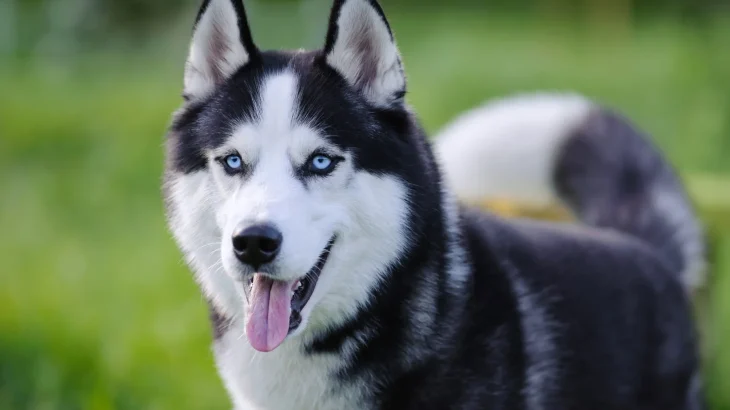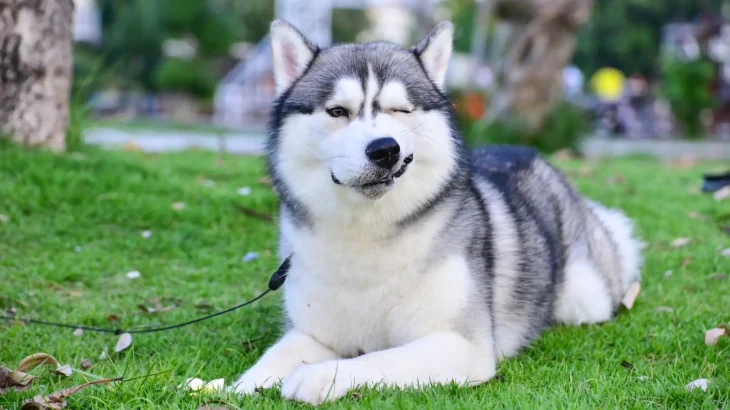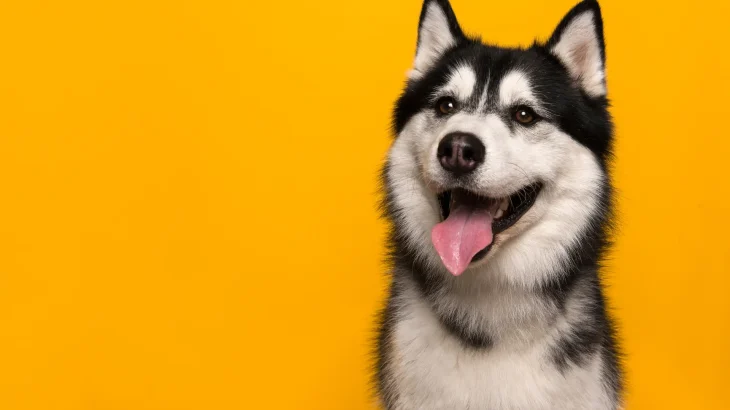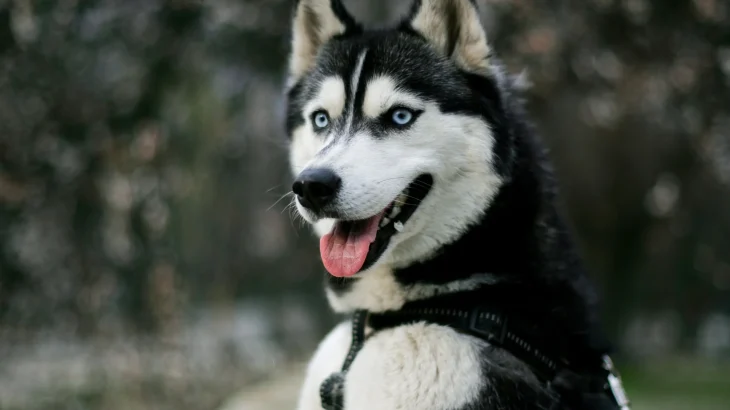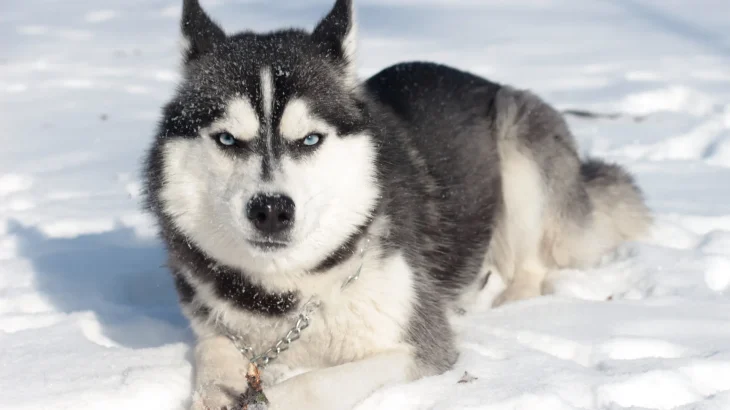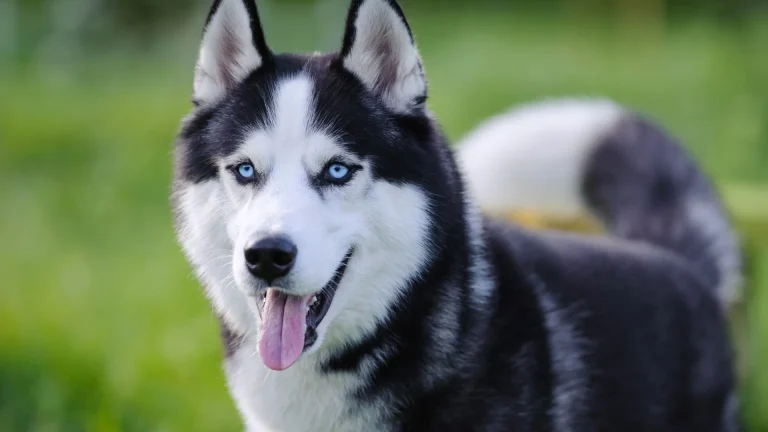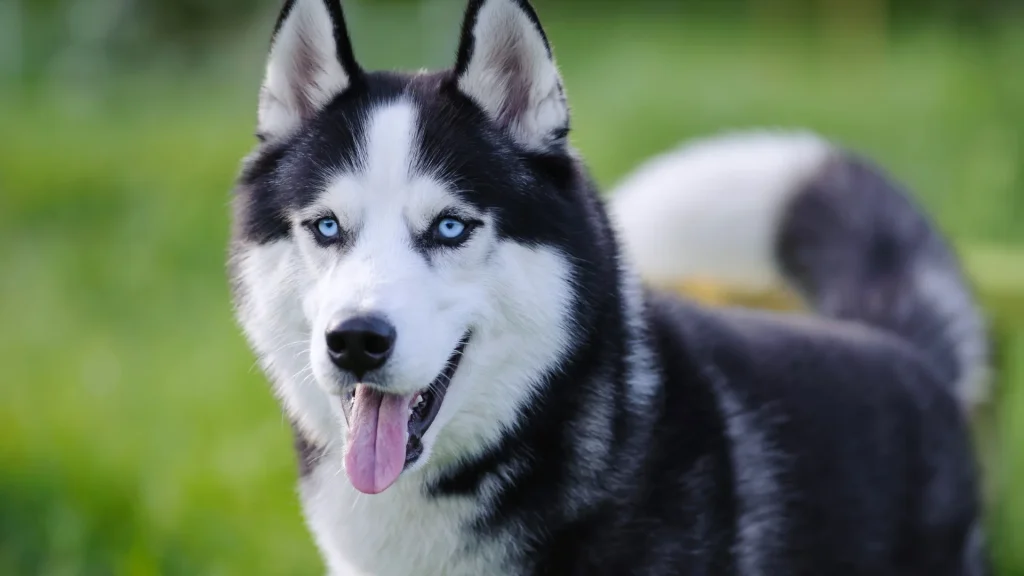When deciding to add a Siberian Husky puppy to your family, choosing between adoption and purchasing from a breeder hinges mainly on factors like cost, health transparency, and ethics. Buying from a breeder often includes detailed health and pedigree info, while adoption offers a compassionate option to provide a home to a dog in need, often at a lower cost.
Here's a comparison of adoption vs. breeder:
| Criteria | Buying from Breeder | Adopting from Shelter/Rescue |
|---|---|---|
| Cost | Usually higher, around $1,500 due to bloodline and health screenings. | Lower fees, often cover vaccinations and spay/neuter. |
| Health History | Comprehensive health records and genetic tests provided. | Health history may be limited; basic health checks done. |
| Age Availability | Mostly puppies, so you raise them from early age. | Varied ages, including adults who may require less training. |
| Temperament Insight | Breeders share lineage and temperament info. | Staff provide behavior observations; history might be incomplete. |
| Supporting Practices | Supports controlled breeding focused on breed standards. | Supports animal welfare by rescuing dogs and reducing shelter populations. |
| Ethical Considerations | Must ensure breeder is ethical, avoiding puppy mills. | Adoption combats pet overpopulation and gives a second chance. |

